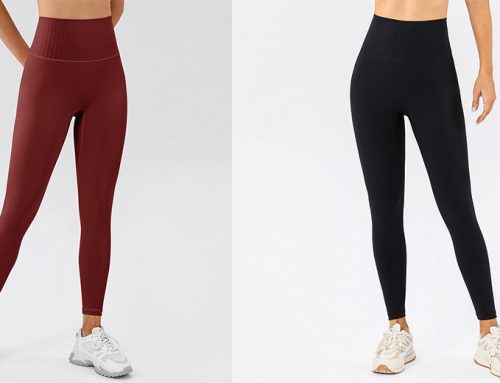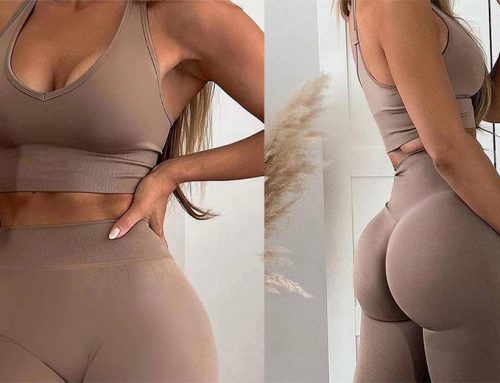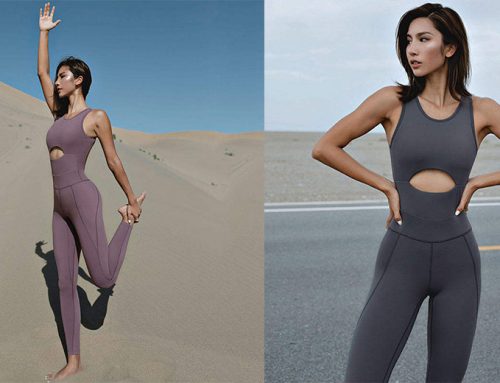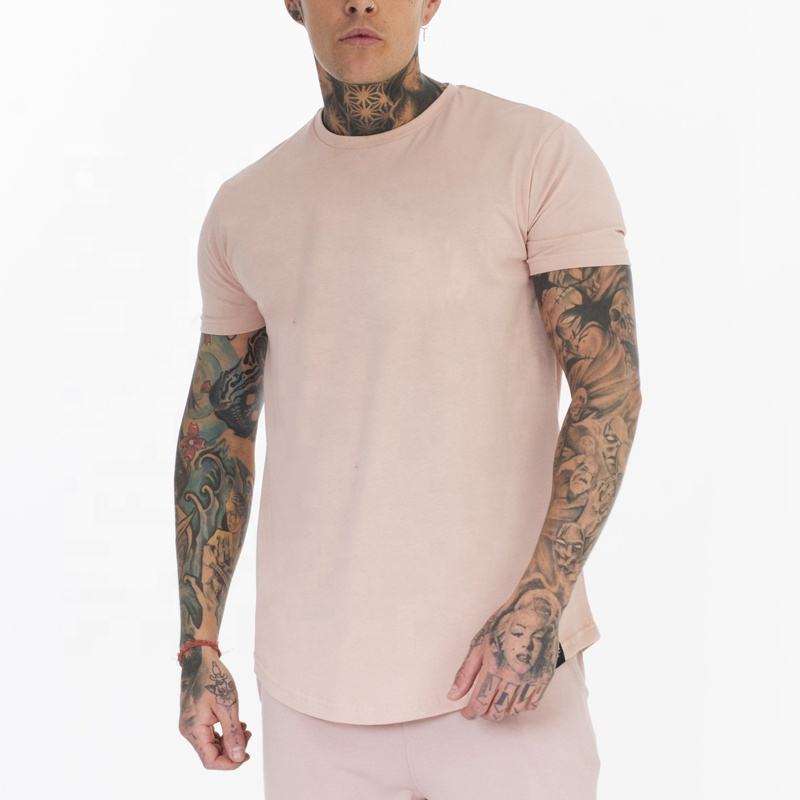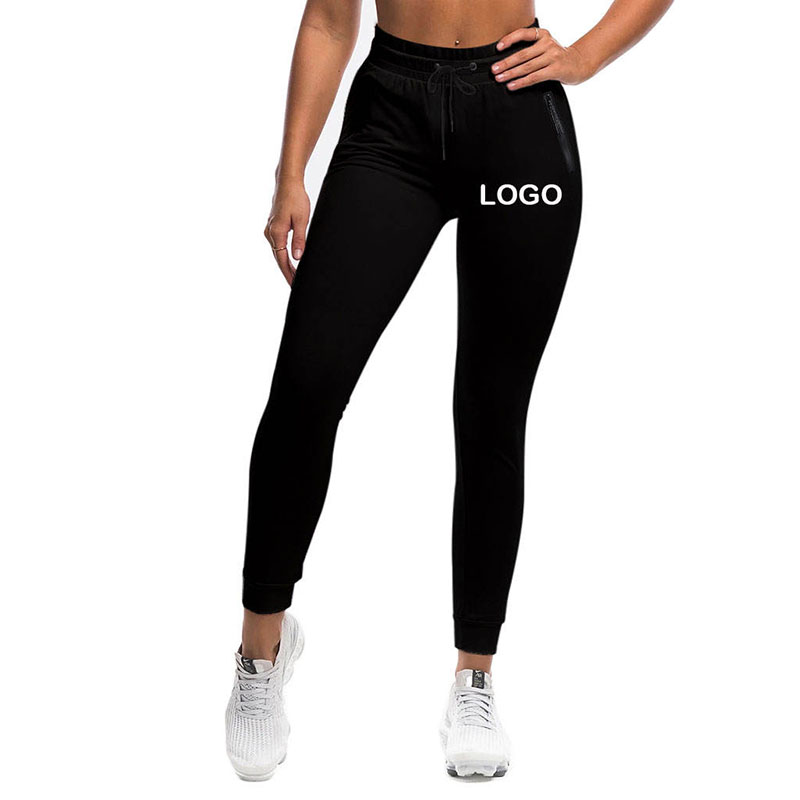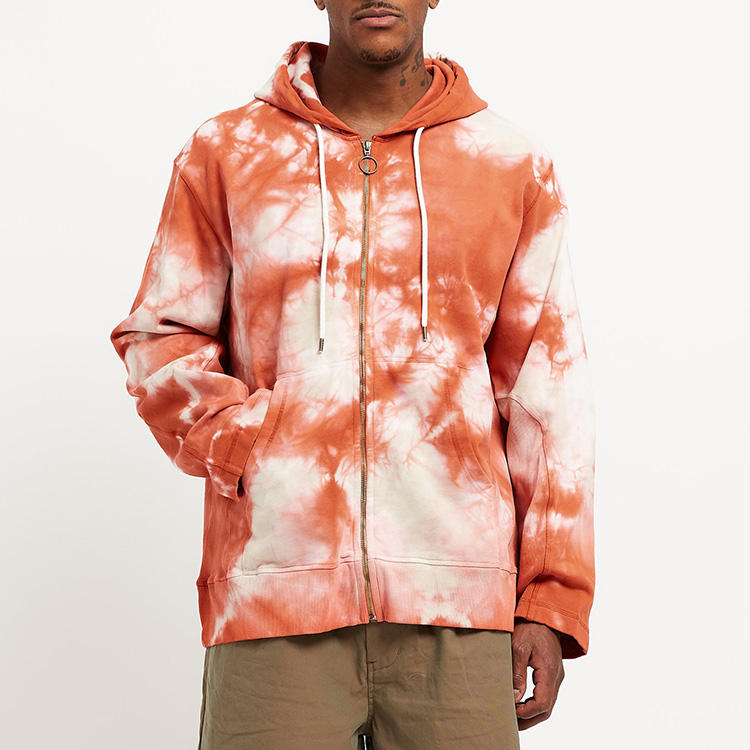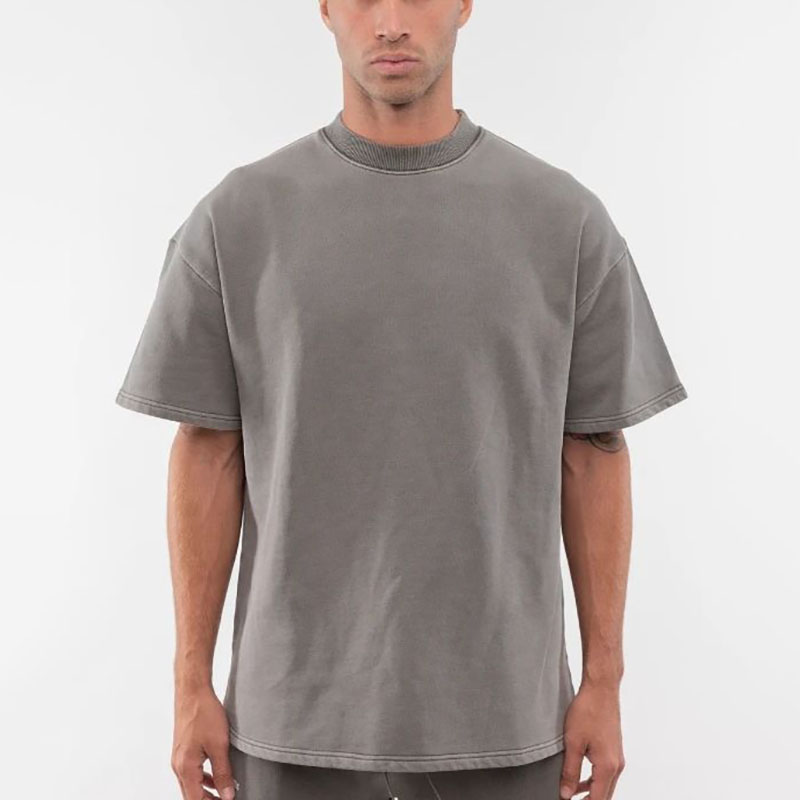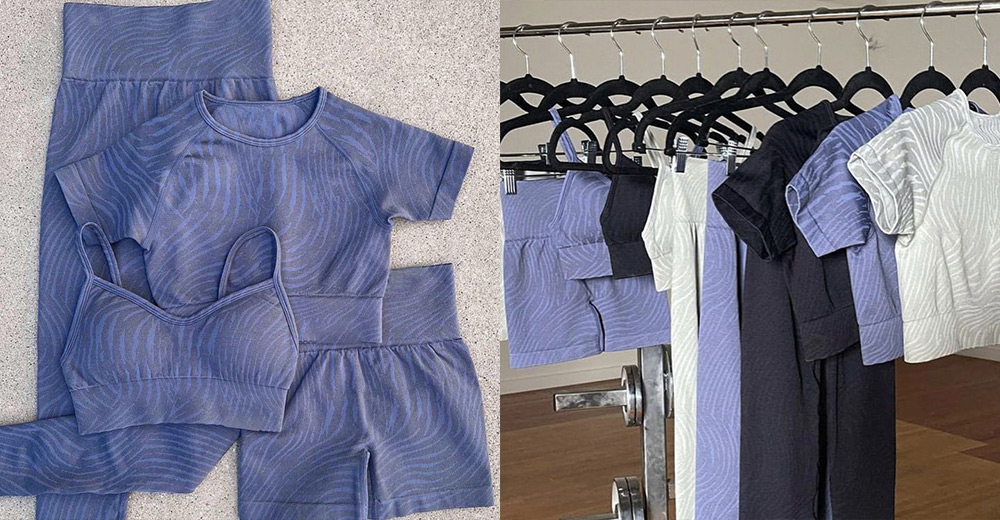
Your perfect fitness clothing supplier
When you’re shopping for sportswear, you probably don’t think much about the stitching. After all, it’s just a way to hold the fabric together, right? But stitching is actually an essential part of sportswear design. It determines the durability, performance, and comfort of your clothing.
In this article, we’ll take a look behind the seams and explore the different types of stitching techniques used in sportswear. We’ll discuss how each type of stitching affects the overall quality of your clothing and help you choose the right stitching for your needs.
Types of Stitching
There are many different types of stitching techniques used in sportswear. Each type of stitching has its own unique advantages and disadvantages.
Straight stitch
The straight stitch is the most basic type of stitching. It’s a simple up-and-down motion that creates a strong, durable seam. Straight stitch is often used in seams that need to be strong and durable, such as seams on the bottom of pants or in the waistband of a sports bra.
Chain stitch
The chain stitch is another basic type of stitching. It’s a looped stitch that creates a smooth, even seam. Chain stitch is often used in seams that need to be comfortable and flexible, such as seams on the sides of leggings or in the underarms of a sports bra.
Overlock stitch
The overlock stitch is a type of zig-zag stitch that creates a smooth, even seam. It also creates a rolled hem that helps to prevent the fabric from fraying. Overlock stitch is often used in seams on the edges of fabric, such as seams on the sleeves of a t-shirt or on the bottom of a pair of shorts.
Flatlock stitch
The flatlock stitch is a type of overlock stitch that creates a smooth, flat seam. It’s often used in seams that need to be both durable and comfortable, such as seams on the sides of leggings or on the underarms of a sports bra.
Tricot stitch
The tricot stitch is a type of stitch that uses two needles to create a smooth, even seam. It’s often used in seams on the sides of leggings or on the underarms of a sports bra.
Other types of stitching
In addition to the types of stitching mentioned above, there are many other types of stitching techniques used in sportswear. Some of these techniques include:
- Hemstitch: A decorative stitch that is often used on the edges of fabric.
- Buttonhole stitch: A stitch that is used to create buttonholes.
- Zigzag stitch: A versatile stitch that can be used for a variety of purposes, such as sewing elastic or creating decorative stitches.
Choosing the Right Stitching
The right type of stitching for your sportswear depends on a variety of factors, including the type of fabric, the weight of the fabric, and the intended use of the garment.
In general, straight stitch is a good choice for seams that need to be strong and durable. Chain stitch is a good choice for seams that need to be comfortable and flexible. Overlock stitch is a good choice for seams on the edges of fabric. Flatlock stitch is a good choice for seams that need to be both durable and comfortable.
If you’re not sure what type of stitching is right for your needs, it’s always best to consult with a professional seamstress or tailor.
Conclusion
Stitching is an essential part of sportswear design. It determines the durability, performance, and comfort of your clothing. By understanding the different types of stitching techniques, you can choose the right stitching for your needs and ensure that your sportswear will last for years to come.

